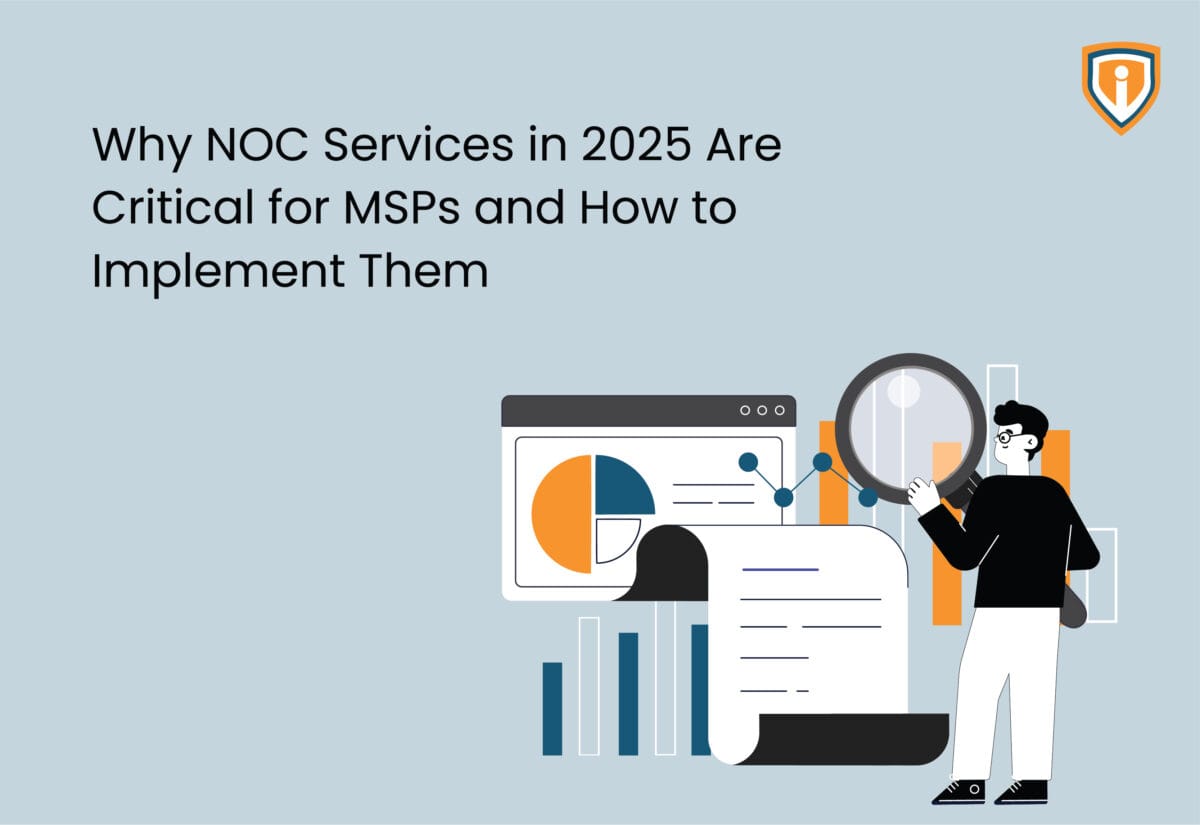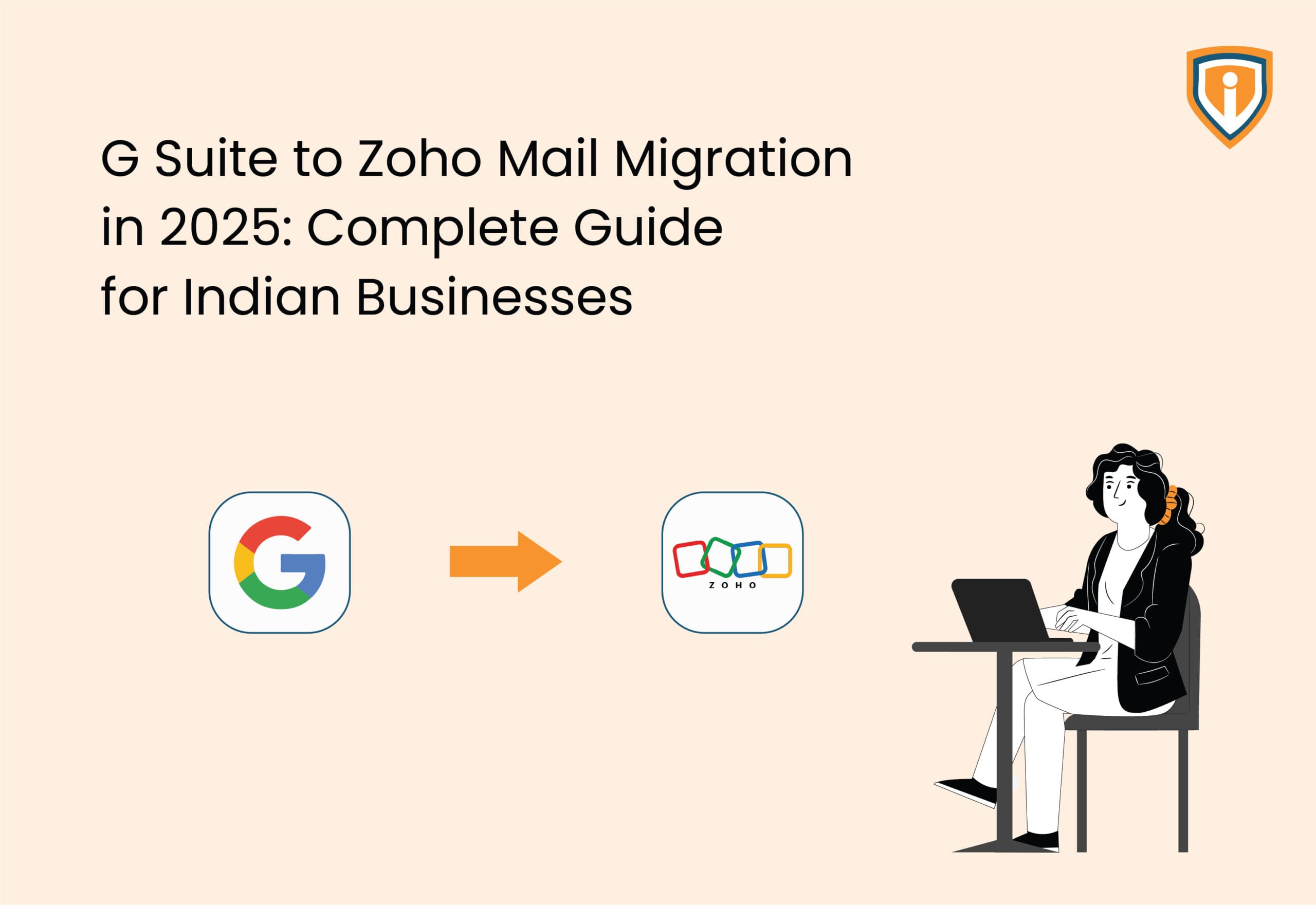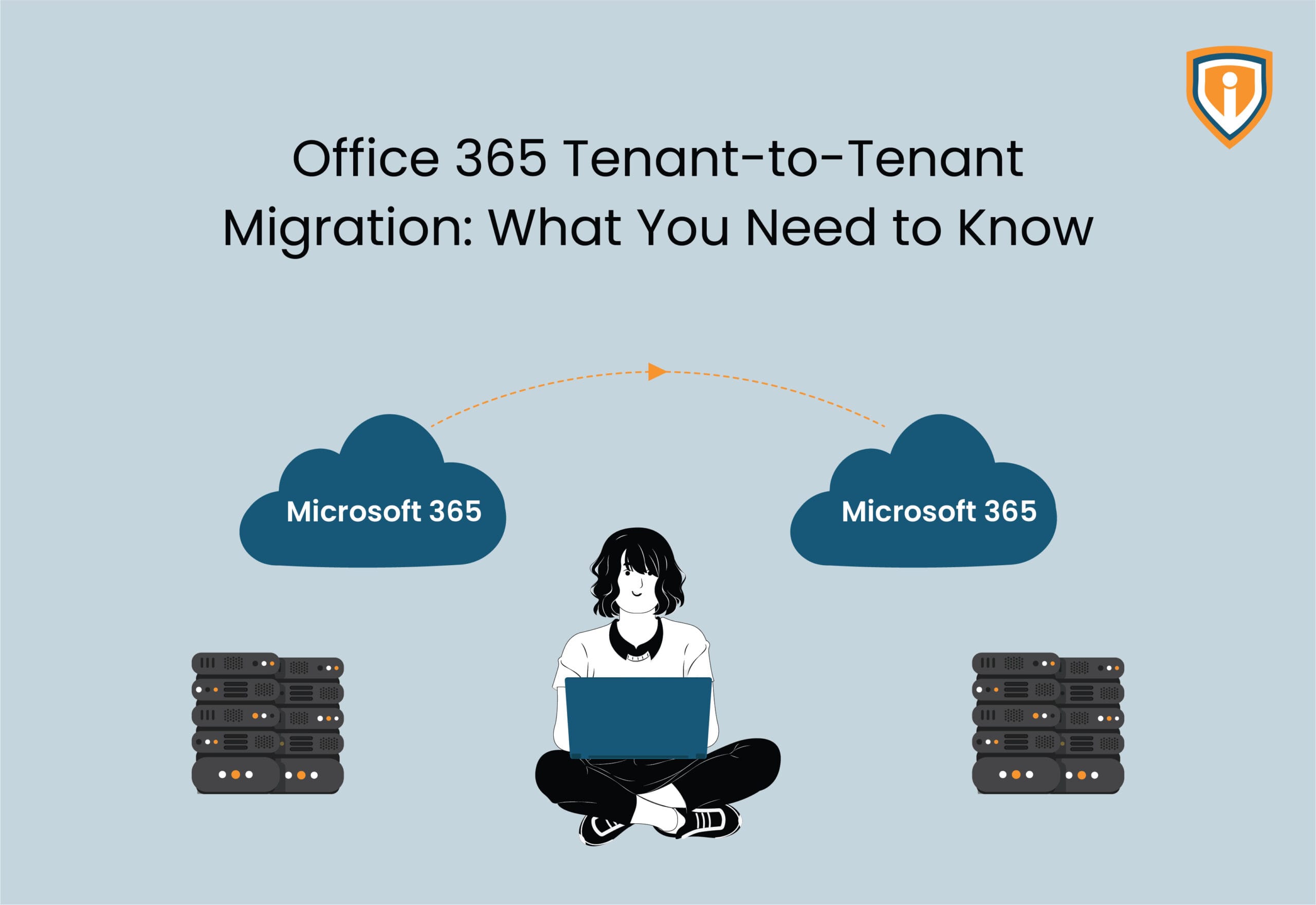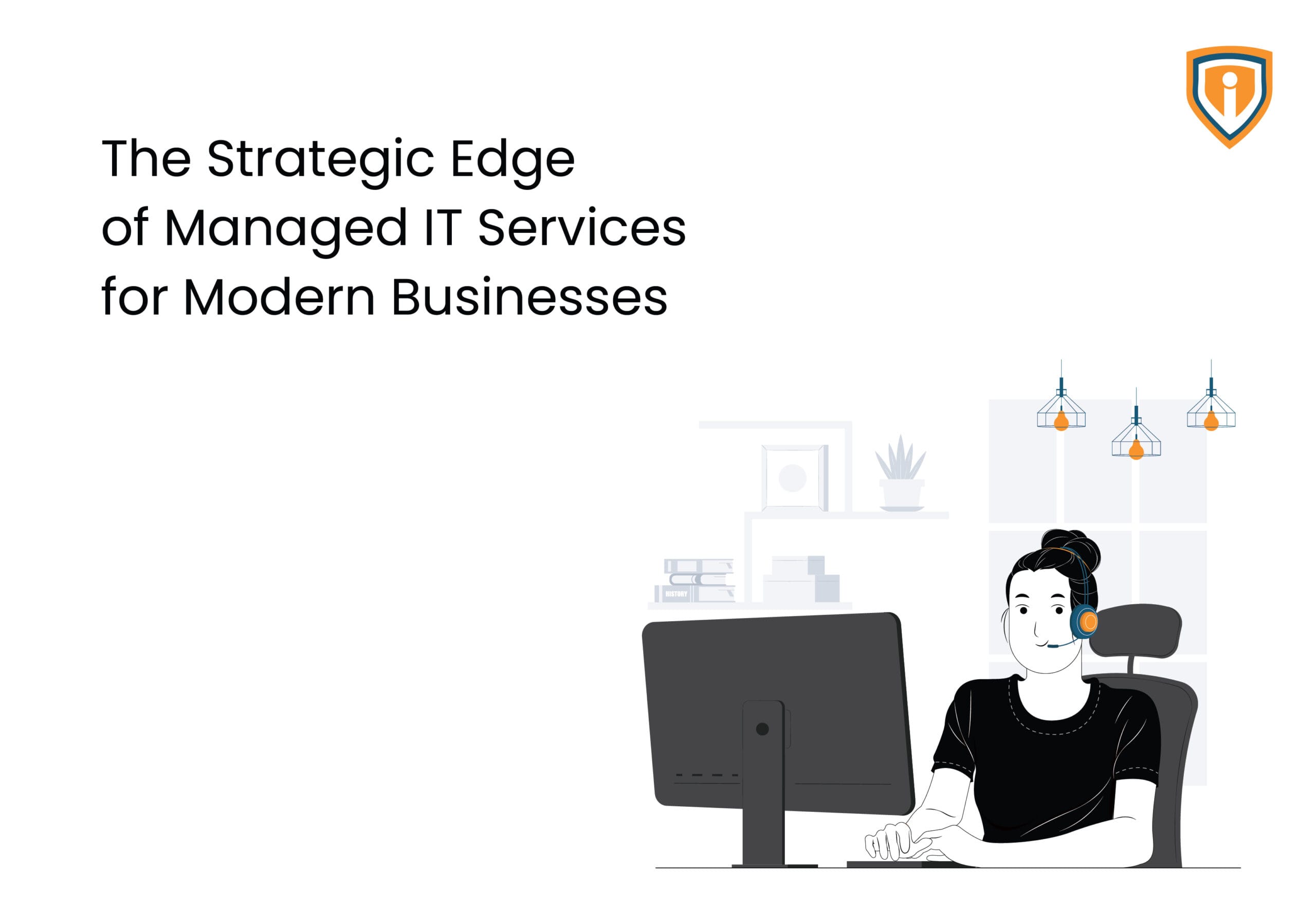For MSPs, 24×7 uptime isn’t optional, it’s what your clients expect and your SLAs demand. NOC services help you meet that expectation, not just by monitoring systems but by managing incidents, proactively responding to alerts, and scaling support across client environments.
What’s more?
Spotting performance regressions via custom scripts tied to metrics collectors. This is why MSPs are investing in Managed NOC services to stay ahead of downtime instead of cleaning it up.
The stakes have never been higher.
The global managed services market was valued at $335.37 billion in 2024 and is expected to soar to $731.08 billion by 2030, expanding at a robust compound annual growth rate (CAGR) of 14.1% between 2025 and 2030.
– GrandView Research
In this post, we will break down what modern NOC services do, why they are hard to get right, and how MSPs can actually make them work in 2025.
What is the NOC (Network Operations Center)?
At its core, a Network Operations Center is built to keep systems running and incidents under control. It takes care of infrastructure monitoring, incident response, and system health, so service level agreements (SLAs) are met without compromise.
Purpose Of NOC
The job of a NOC is to proactively monitor and maintain networks, servers, applications, and endpoints.
This isn’t just about spotting errors and fixing them.
It’s about acting before users even know something’s wrong. In a well-run NOC, all P1 alerts are addressed immediately, remediation is triggered automatically, and escalations occur only when human intervention is necessary. Efficient alert triaging based on severity ensures issues are resolved with speed, security, and responsiveness, aligned with defined priority and business impact.
Benefits of a Network Operations Center (NOC) Services
NOC services aren’t just for reducing noise. When done right, they deliver long-term value across routine business operations. As connected devices flood networks, NOC teams are expanding their reach to include IoT deployment and edge systems. That means managing firmware, monitoring device uptime, and resolving issues far outside the data center.

- Proactive issue detection
Systems are monitored continuously, and remediation can happen before users even notice something is wrong.
- Reduced downtime
By combining automation with escalation paths, NOC services help resolve issues faster, which directly improves SLAs and customer experience.
- Less alert fatigue
Engineers aren’t wading through junk alerts. Intelligent alert filtering set up as part of RMM configuration ensures they only see what truly matters.
- 24×7 availability without internal burnout
MSPs don’t have to stretch their team thin across odd hours. The outsourced NOC keeps operations running by offloading routine tasks, so your engineers don’t have to.
- Scalable operations
As your client list grows, a good NOC setup grows with it. With clear processes and easy setups, you can handle more clients without extra hassle.
- Improved focus for core teams
When a white-label or outsourced NOC manages routine incidents, your core engineers can focus on higher-value tasks such as handling critical escalations, going onsite, or improving infrastructure.
The Real Struggles of MSPs in 24×7 NOC Delivery
Delivering true around-the-clock NOC services for MSPs means overcoming real-world technical and operational hurdles.
MSPs face a mix of operational, technical, and scale challenges. And most of them aren’t obvious until you’re knee-deep in it.
- Building an Operational Model for Multiple Clients
Alert thresholds, escalation rules, and shift schedules differ across clients. One client may treat 90% of the CPU as a critical incident, while another waits until 95%. Creating per-client logic within monitoring and alerting tools (often via configuration files in YAML or similar formats) is significant, but complex.
- Finding and Keeping NOC Talent
You need engineers who can monitor systems, analyze network traffic, respond to alerts, and support both cloud and on-premises environments, while meeting SLAs and maintaining clear documentation. Talent is hard to find, and even harder to retain.
- Avoiding Repetitive Work Burnout
High-value engineers shouldn’t be rebooting EC2s manually. Automating repetitive tasks using event-driven functions like Azure Functions or scripts is essential to free them up for higher-level problem solving.
- Heavy Investment in Tooling
To deliver NOC services, you need reliable tools for monitoring, remote access, and ticketing. Tools like Datto RMM, NinjaOne, or ConnectWise Automate help with system health checks and managing alerts. Setting them up across multiple clients can add up to the costs.
- Scaling Runbooks and Toolchains
Runbooks must be tailored to per client. One may use Active Directory, another LDAP; one may run Oracle, another PostgreSQL. Maintaining this logic requires metadata awareness, version control, and automated deployment processes.
- Integrating Diverse Ecosystems
Bringing together different monitoring, communication, and ticketing platforms is rarely seamless. MSPs often need to build custom routing rules and alert logic to ensure incidents reach the right teams quickly and consistently across all client environments.
- Scaling Support Without Chaos
As you add clients, ticket volume, runbooks, and edge cases all multiply. Intelligent alert suppression, automation, and data transformation tools are critical to keep engineers effective and prevent overwhelm.
- Preserving Business Context
Not all P1 incidents are equal. A checkout error could mean revenue loss for one client and be irrelevant for another. Alerts should be tagged with business impact, and that context needs to be easily accessible for prioritization.
What to Expect from a NOC Services Provider
When you sign with a provider for outsourced NOC support services, here is what you get –
- Continuous monitoring of servers, network devices, workstations, and business apps
They deploy agents or ingest SNMP, flow data, logs, and metric streams.
- Smart alerting with automated triage
Using Python, Golang, or Node.js scripts inside alert pipelines to suppress noisy patterns.
- Real incidents created, escalations triggered
If an engineer is offline, the ticket goes to the next in line. All based on SLAs and role-based shifts in place.
- Basic remediation in a systemized, automated form
DNS record restored via CLI API. Container pod restarted. VM snapshot triggered.
- Root cause analysis or RCA
Repeated alerts are investigated to find the underlying issue. Once identified, steps are taken to fix it permanently and prevent future incidents.
The smart players deliver this through APIs, so your MSP orchestration layers can integrate, the way they should!
NOC vs Help Desk vs SOC
Let’s compare the tech responsibilities of the following 3 services:
| Responsibility | Help Desk | NOC | SOC |
|---|---|---|---|
| Initiation | User ticket | Alerts, monitoring, metrics | Intrusion detection |
| Scope | End-user issues | Performance, uptime, infrastructure | Prevent security incidents, malware |
| Tools | ITSM, ticketing | Monitoring tools, RMM, ticket queuing, and routing | SIEM, IDS/IPS, threat intel |
| Response | User communication | System remediation, escalation | Incident response, isolation |
| Goal | User satisfaction | Service availability | Data and system security |
When these teams collaborate, NOC escalates slow DB backups to the help desk, and SOC escalates suspicious logins to NOC. In a nutshell, you get resilience across the stack.
How Infrassist Handles 365 x 24 x 7 NOC Like It Should Be Done
Infrassist is often touted as a vendor or platform-agnostic MSP NOC services provider, not because we say so, but because MSPs who have worked with us don’t have to pause and explain their stack every time something breaks.
Whether it’s Windows, Linux, cloud-native, hybrid, legacy, or bleeding-edge – we adapt fast, operate deep, and don’t need handholding.
Our NOC team doesn’t just react to alerts.
We build systems that make them matter less in the first place. Our process is a combination of automation, expertise, and operational acumen.
Most MSPs come to us either trying to piece together their first 24×7 support layer or completely overwhelmed by the mess their last one created.
We are not just monitoring boxes. We are absorbing the operational load that normally weighs MSPs down.
So, how does a typical incident look like:
1. Infrastructure signals from logs, metrics, SNMP, CloudWatch, and everything else stream into our multi-platform ingestion layer.
2. Alert thresholds, customized per client, and trigger evaluation logic. Some alerts receive immediate scripted remediation. Others follow escalation paths that have already been approved.
3. Dynamic runbooks activate based on the client’s profile and environment metadata. That could mean restarting a failed service on a Linux node, rebooting a frozen router through the CLI, or isolating noisy container instances.
4. If automation fails to rectify the concern, the case is escalated to a live engineer. These engineers are trained not just to follow a series of troubleshooting steps, but to understand the reasoning behind each client’s architectural decisions.
5. Every part of the process is documented. Response time, actions taken, and root cause analysis are all shared with the client. This is full visibility at its best.
But here’s what we miss most: we don’t need weeks to get up to speed. You don’t have to walk us through your stack line by line. With Infrassist, you can take technical know-how, expertise, and vendor-agnostic readiness for granted.
Whether it’s Windows-heavy SMB networks or multi-tenant Kubernetes setups, our engineers are trained across platforms and can adopt your SOPs like they’ve been using them for months.
MSPs don’t have time to train engineers.
So, we took that off your plate.
We will handle the tools, the configurations, and all the nuances you can or cannot think of!
Our team is pre-trained and well-versed with the vast MSP tool stack and intricate ecosystem.
This platform or vendor-agnostic readiness means your team doesn’t need to be dragged into day-to-day monitoring and maintenance. You stay focused on the growth road map. We’ll handle the upkeep.
We also operate quietly in the background, as a white-label force — fully aligned to your brand. Your clients see your name, your reports, and your support desk. Behind the scenes, we are the team catching packet loss, restarting crashed daemons, fixing routing loops, and sending the report before they even ask.
The real value?
You save time.
Your best engineers stop babysitting systems and start pushing higher-impact projects. Meanwhile, your NOC support is running like it’s been there for years.
And because everything is already operationalized, right from alert suppression and ticket handling to vendor coordination and post-mortems.
That’s how you scale faster.
All of this without reinventing workflows or unwanted delays. Just ready-to-run NOC services that accelerate your business, not slow it down.
We act as the extension of your team that doesn’t need extra onboarding, doesn’t burn out, and doesn’t miss a beat.
Why 24 x 7 Outsourced NOC Services Are the Real Difference
Being proactive changes your business posture.
Incidents that would take hours now often get resolved in a jiffy.
Thanks to a combined script and human response!
Your internal team gets to focus on pushing new features, onboarding new clients, and scaling infrastructure, rather than patching sockets in the middle of the night. And numbers vouch for it!
MSP leaders estimate that 39% of their staff’s time is spent on manual tasks, with 88% of MSPs admitting these manual tasks keep them from focusing on innovation or strategic growth.
Picking the Right Partner for NOC Services for MSPs
Look past surface-level features and ask important questions such as-
- Can you share last quarter’s median response and fix SLA metrics?
- How do you define thresholds per customer environment?
- How do you manage runbooks across different client environments as their setups grow?
- How do you tag alerts with business impact?
- What’s your toolchain, and how do you integrate disparate sources?
- Are engineers local or offshore? How do you cover at night?
The best outsourced NOC Support Services can answer each of these with concrete examples, pipeline access, client dashboards, and measurable metrics.
The Bottomline
NOC as a service is about a scalable operational framework, automation, runbook engineering, alert normalization, integration plumbing, and human judgment. The challenges are real! The tools and investment are substantial. Getting it right is important because your uptime becomes your brand, not just a metric.
Scaling support isn’t just about tools. It’s about having the right people to manage issues while your team focuses on client trust, business continuity, and delivery. Infrassist provides a dependable 24×7 NOC layer that works quietly in the background, helping you grow.
Ready to scale your MSP in 2025? Start implementing NOC Services today and stay ahead of the competition.




